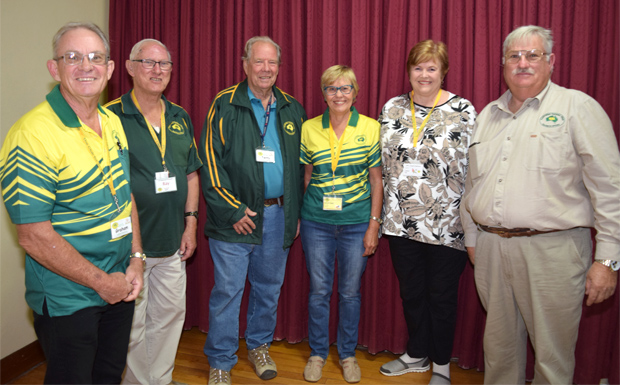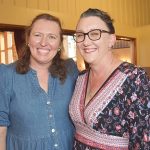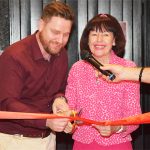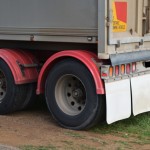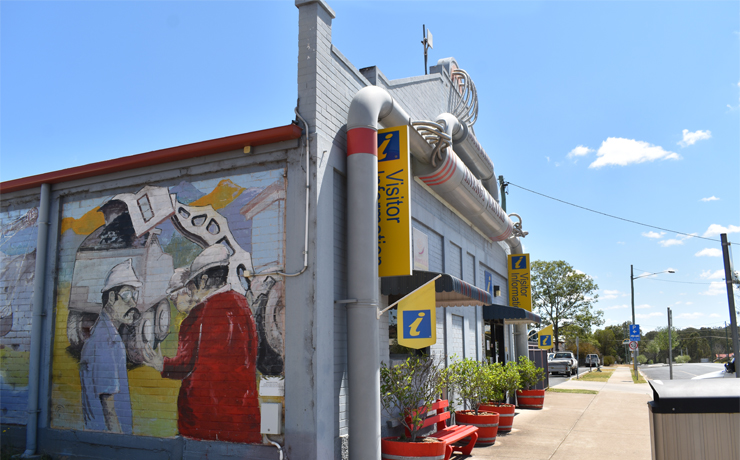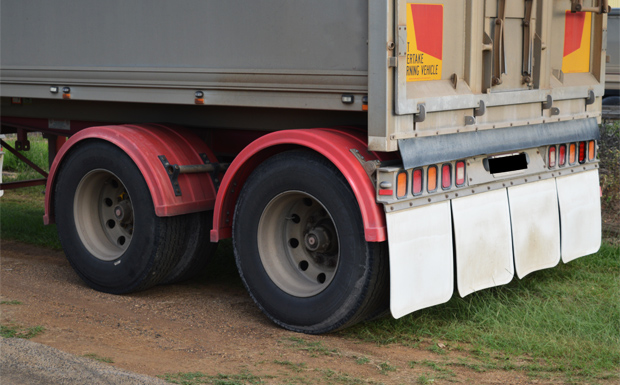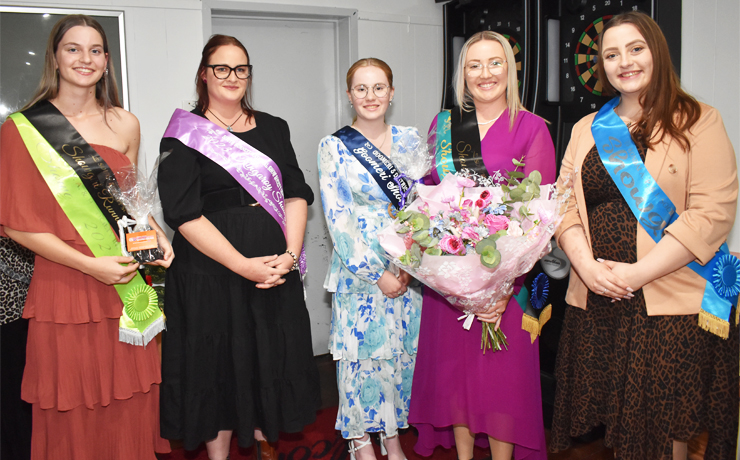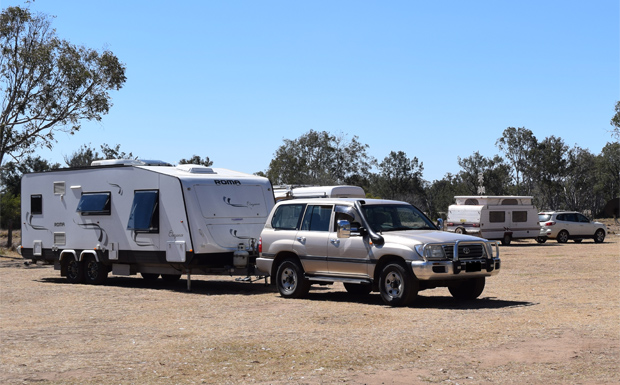
September 7, 2017
Large numbers of recreational vehicles (RVs) and caravans coming to the South Burnett are proof the region is already doing “a lot of things right”, a workshop in Kingaroy heard on Tuesday night.
But there were still a number of things the South Burnett could do better, and it made good business sense to do them.
The workshop, which was arranged by the Kingaroy Chamber Of Commerce and Industry and the South Burnett Regional Council, was presented by members of the Australian Caravan Club (ACA) to an audience of about 55 at Kingaroy Town Hall’s supper room.
Audience members travelled from Blackbutt, Yarraman, Nanango and Proston as well as Kingaroy.
The workshop drew on several recent studies undertaken by the ACA and similar groups to discuss the economic value of the RV market to rural and regional Australia and ways to encourage more RV owners to visit.
It also explained what most RV owners were looking for when they arrived at a destination, and outlined ways to increase the value of RV stays.
The workshop mirrored similar talks the ACA had recently given to Liverpool Plains Shire Council and several other regional councils in NSW.
John Snell from the ACA said there were currently about 620,000 RVs in Australia and the market was growing at an average rate of 9 per cent per annum as Baby Boomers entered retirement.
It was estimated that 130,000 of these vehicles were on the road at any point in time, and a number of studies had disclosed the average spend by RV visitors was about $100 per day.
The bulk of this money was spent on camping fees, fuel, groceries, eating out and visiting tourist attractions.
John said research had found roughly half of all RV users preferred to stay at commercial caravan parks because of the facilities they offered, while the balance preferred to stay at free parking areas because their vehicles were relatively self-contained.
Even so, users of free parking areas were happy to make donations towards the costs of maintaining them, and many used a mix of free and commercial parks when they needed to access facilities – such as laundries – that their vehicles couldn’t provide.
John said roughly half the RV market was made up of families with parents in the 34-50 year age bracket, while Grey Nomads in the 55-plus year age range accounted for another 30 per cent.
The family segment of the market tended to prefer coastal destinations while the grey nomad market ranged much further through rural and regional Australia, and the wants and needs of both market segments were quite different.
In general, Grey Nomads preferred free parking areas in rural locations that offered – at a minimum – a dump point and potable water, or commercial van parks that offered budget camping sites for self-contained vehicles.
What RV users were looking for in the communities they visited was a welcoming attitude; easily accessible tourist information; and if possible, clearly marked parking bays for large vehicles in near-CBD areas.
Ideally, to maximise the economic benefit of RV travellers, free parking areas should offer a minimum two-day stay.
Short-stay roadside stops simply encouraged travellers to camp overnight and then move on, John said, while two-day parks encouraged travellers to get out, explore the local area and spend money.
John said he had spent several days touring the South Burnett to inspect existing RV camping sites and talk to local businesses, and was generally impressed with what he’d seen.
The region had a good mix of free and commercial RV parks; locals were very friendly to caravanners; and the South Burnett’s Visitor Information Centres were also very helpful.
However, he thought more tourist information boards in free parking areas could help local businesses, and donation boxes could help the South Burnett Regional Council recoup the cost of providing dump points, water, showers and toilets.
John’s presentation was followed by a question and answer session led by Tom Smith from the ACA.
This disclosed that roughly 25 per cent of the RV market travelled with pets, and that many RV tourists used special websites and apps such as WikiCamps to find out where to stay and what to see.
Tom said it was important for regional areas to ensure information about their facilities was properly listed on these sites.
In response to a question about “competitive neutrality” – the idea that councils should not provide free camping areas because it conflicted with commercial caravan parks – Tom said this was an old argument in the industry that did not appear to hold water.
On the one hand, some towns that had tried this (ie axed free parking areas) found it backfired, with RV visitors simply bypassing them; and on the other, towns that offered a mix found that it led to an upswing for commercial parks because it encouraged higher RV visitation rates.
While the jury was still out on a final verdict, Tom said all evidence to date seemed to indicate a mix of free and commercial parking sites worked best for regional towns, and this was the path the ACA advised councils to take.
